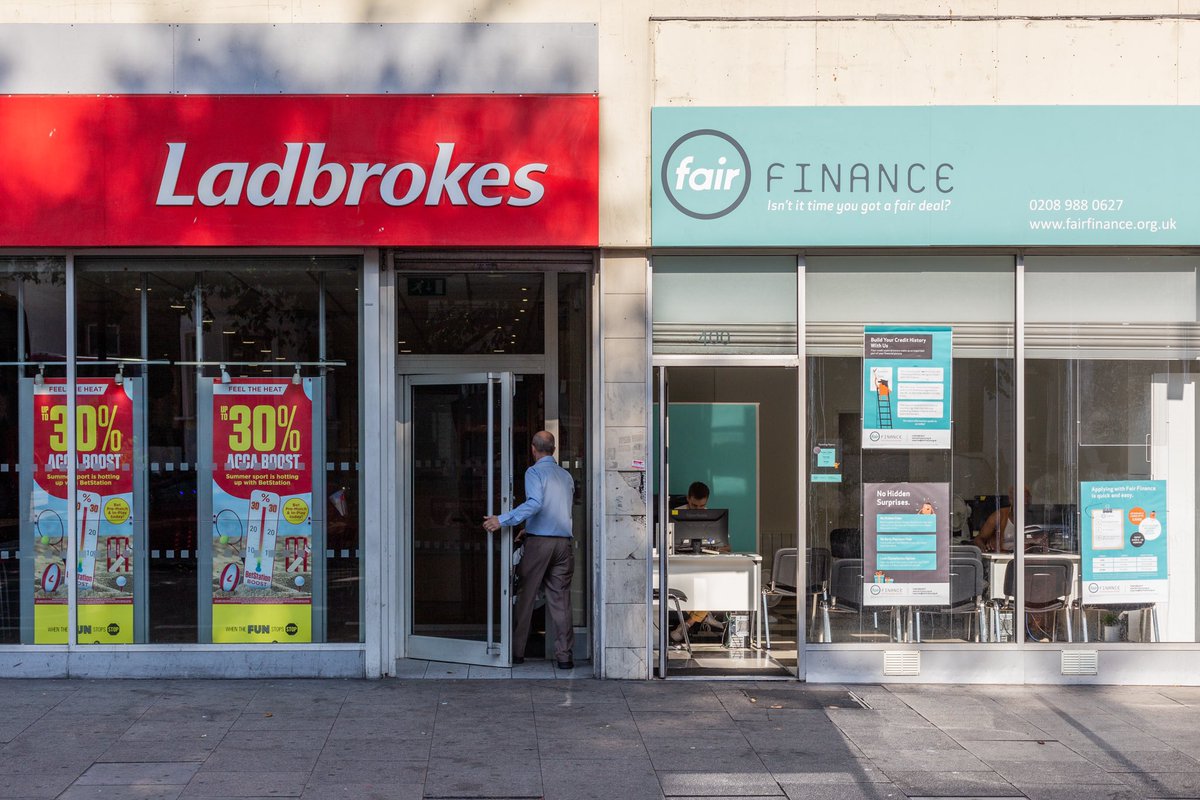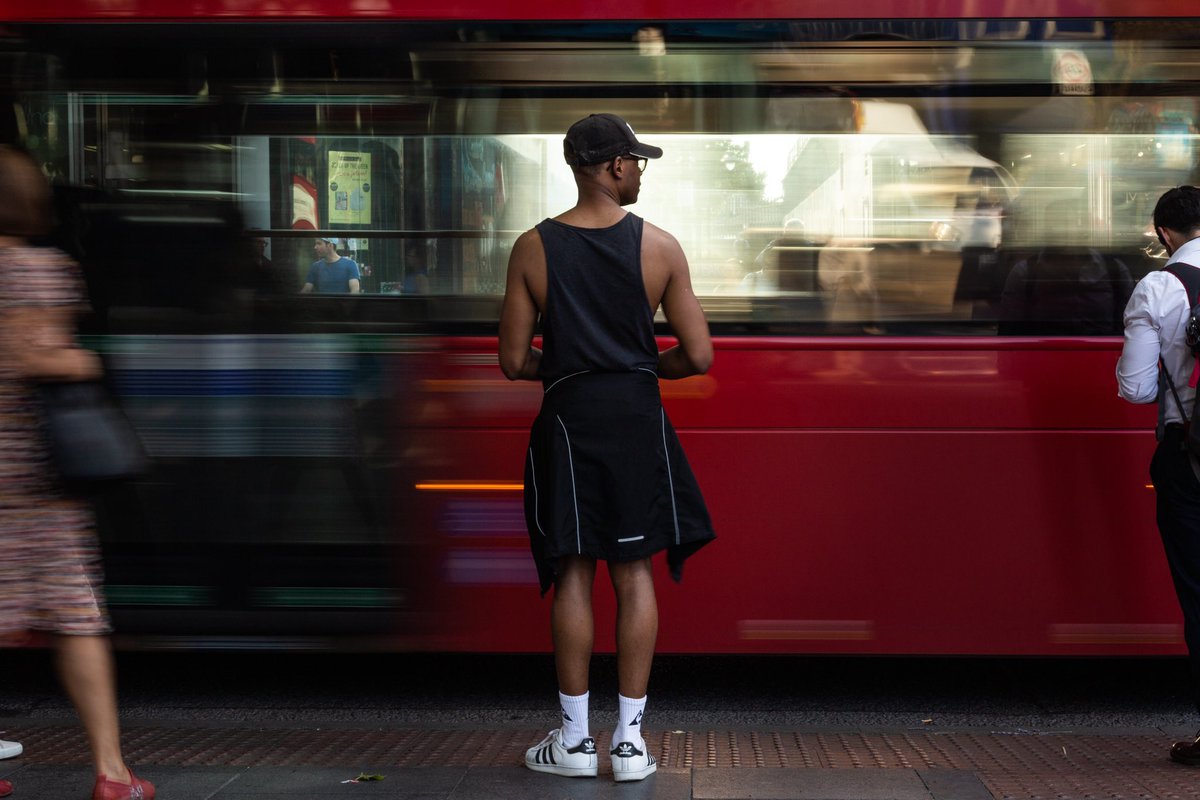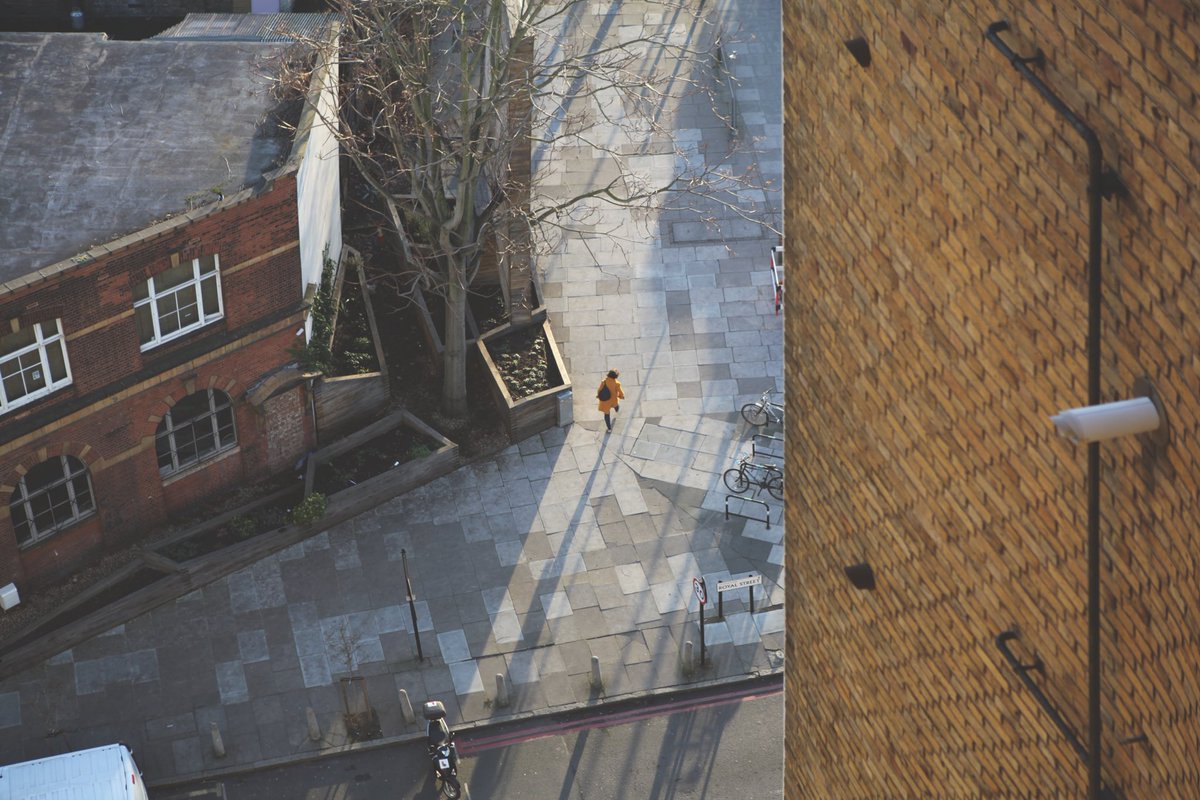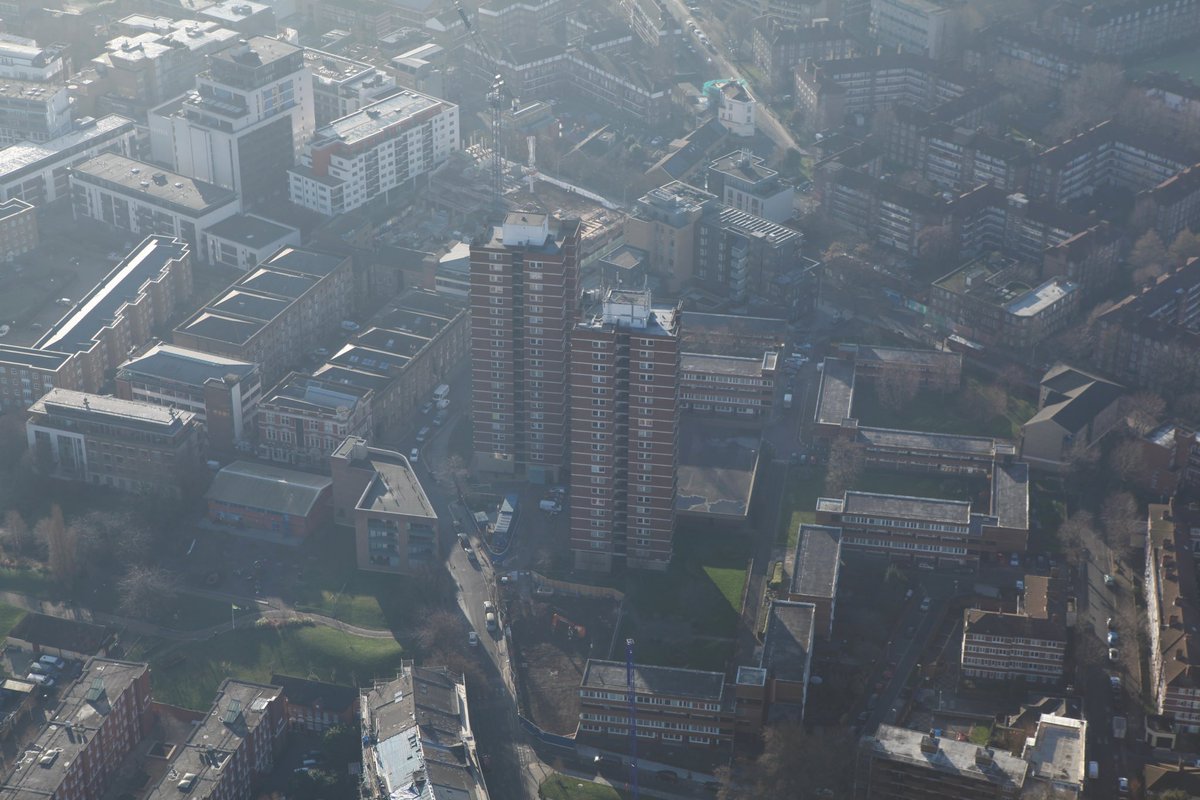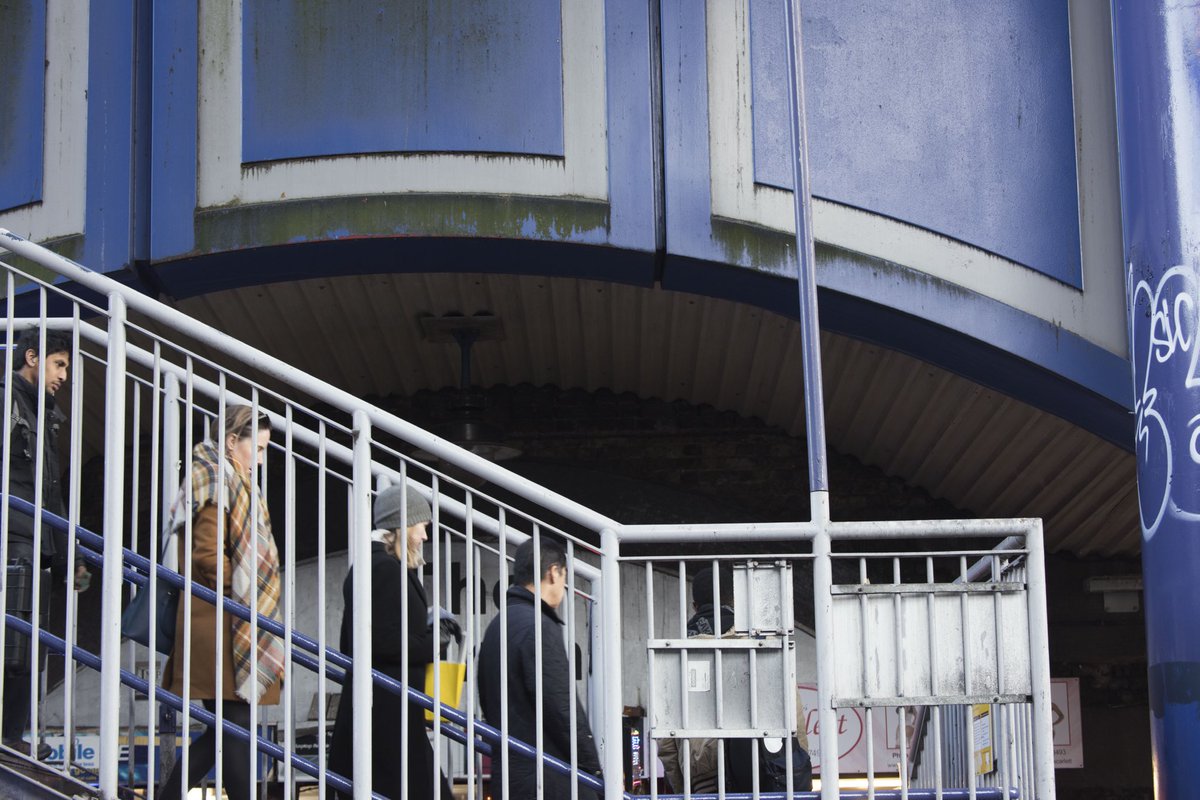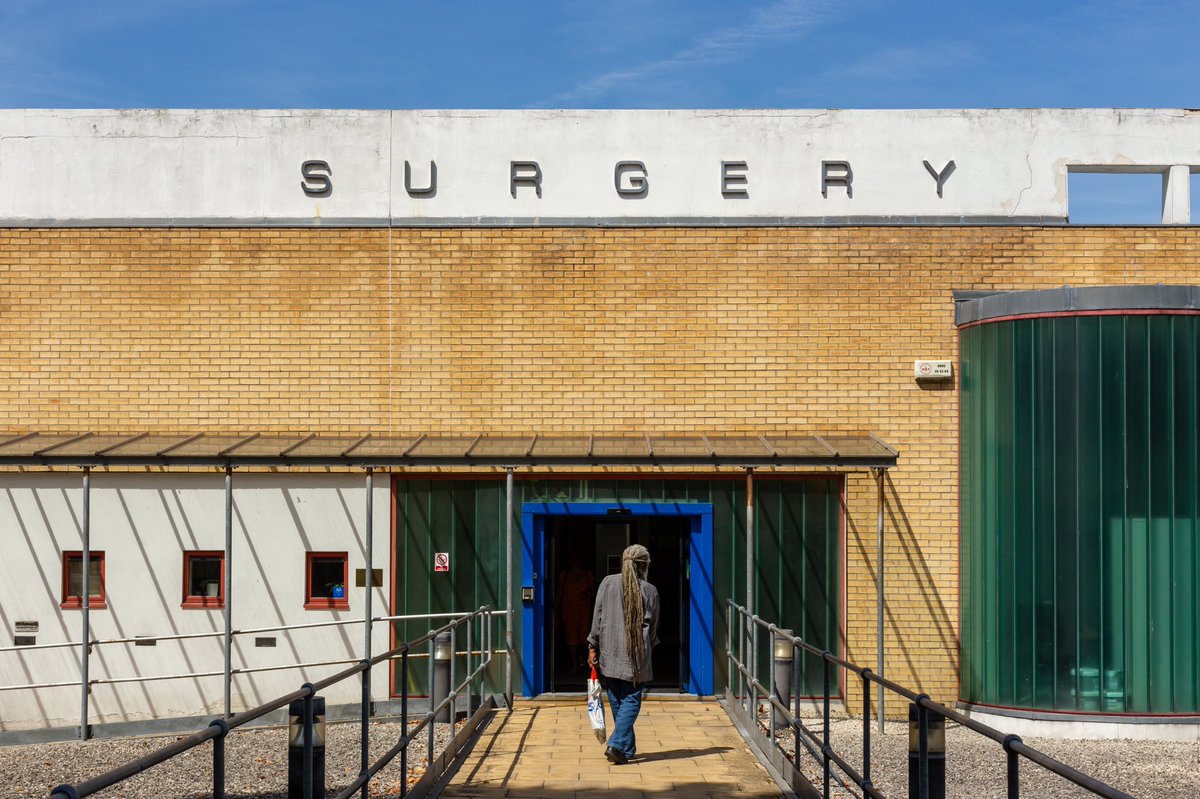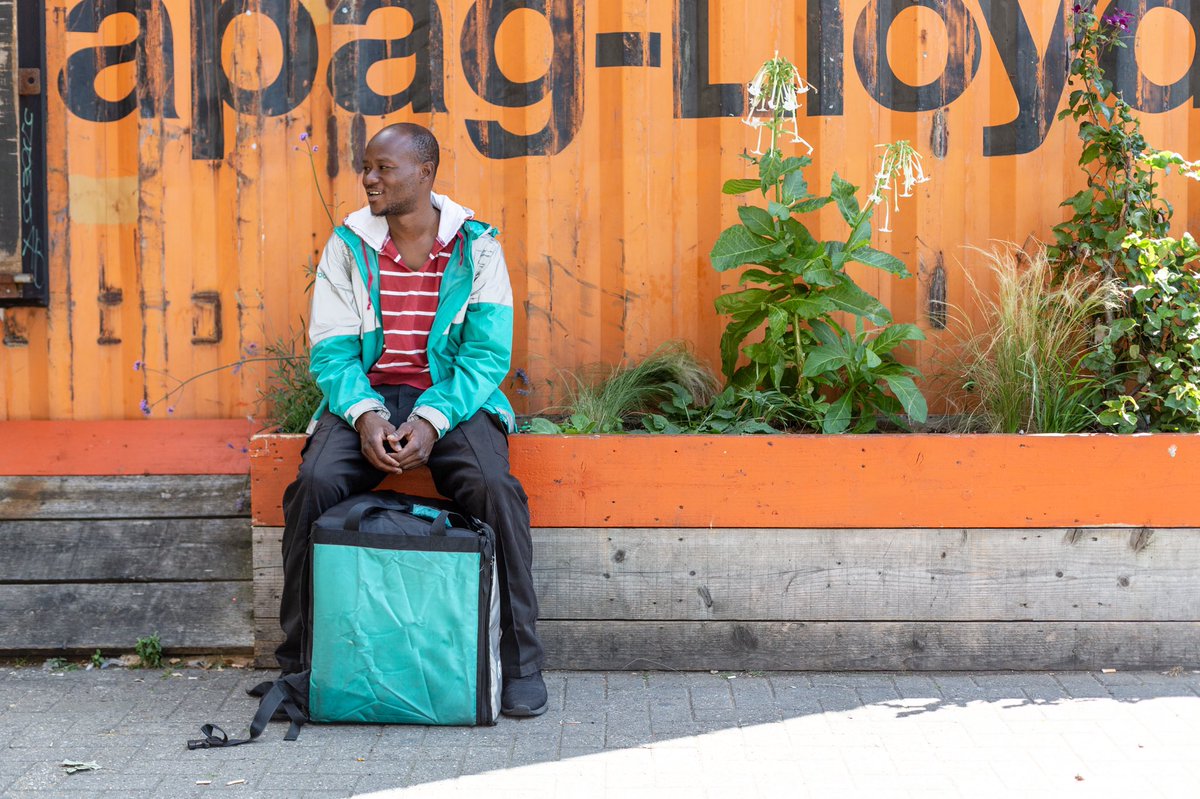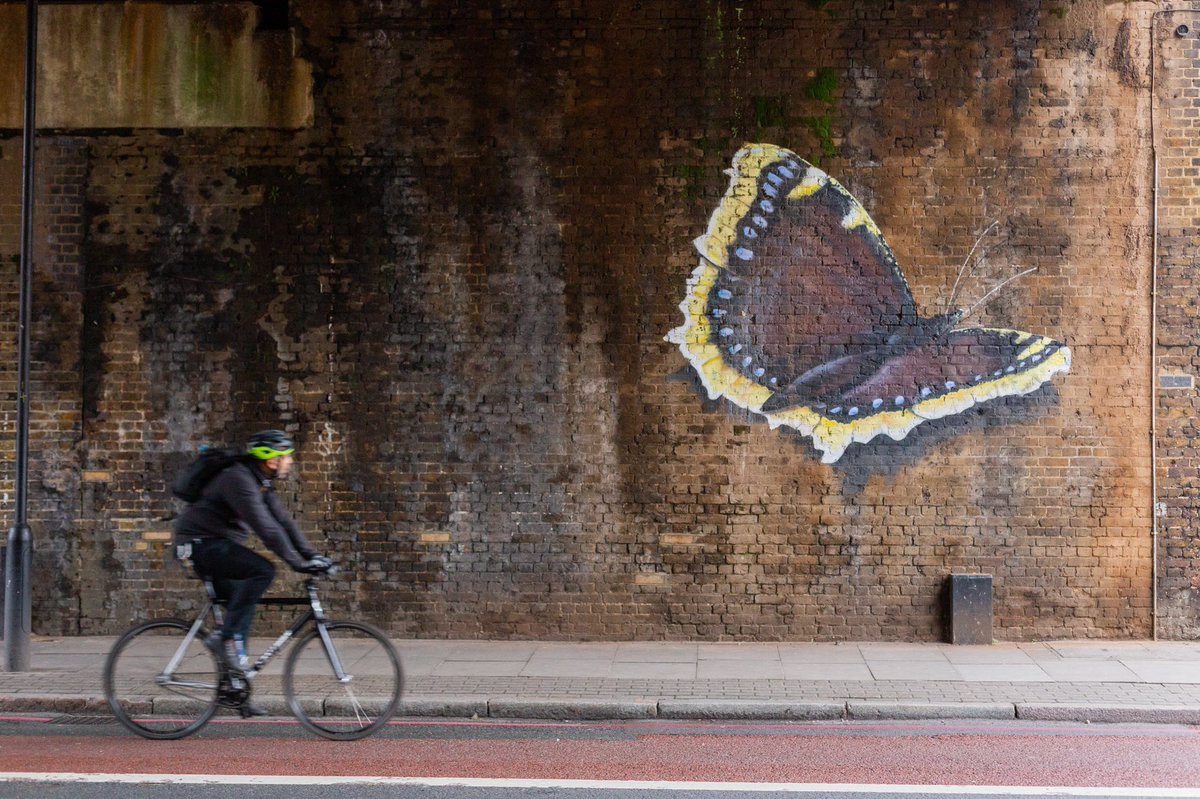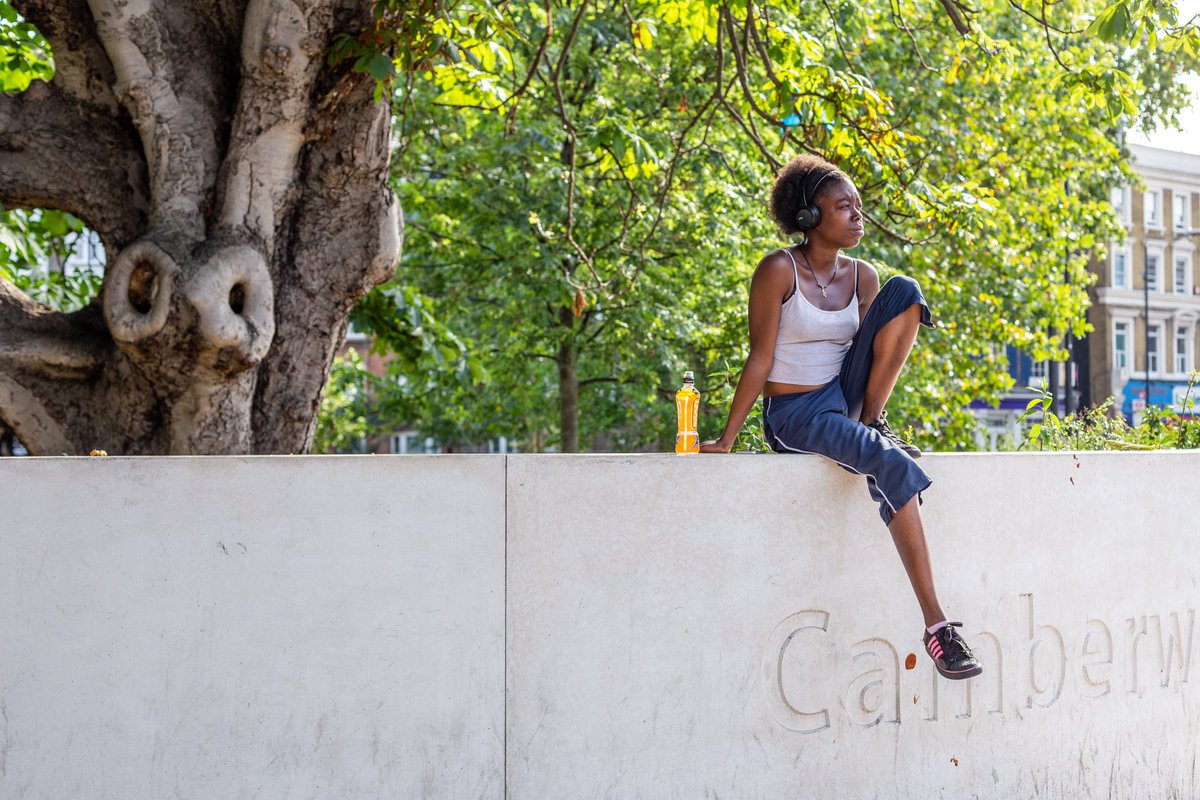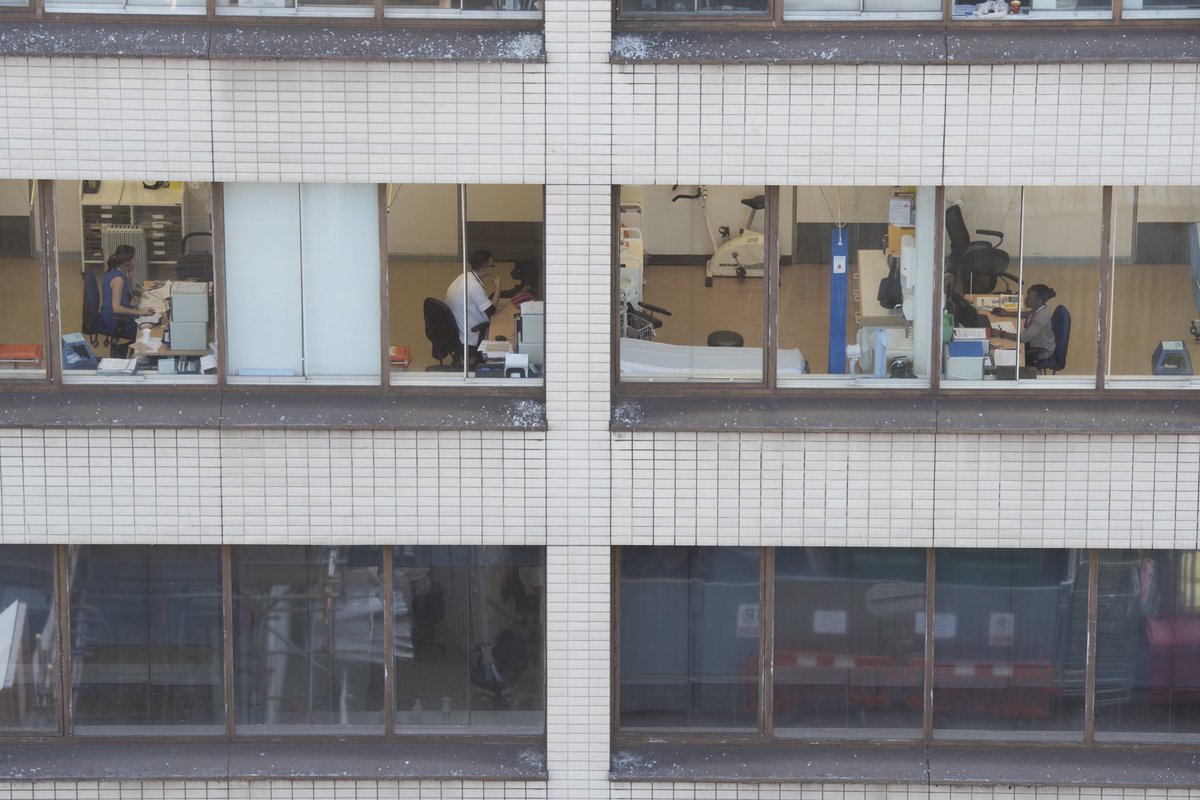In all the commentary on whether Covid-19 will lead to the abandonment of cities, a point seems strangely overlooked: those most affected — the vulnerable, those on low incomes and communities of colour — often have little option over whether they live in cities or not [a thread]
For the past 50 years, urban centres have been great engines for prosperity, yet this has always masked huge health inequalities. Cities are responsible for both the best health and the worst health outcomes in ways that are predictable, entrenched but also amenable to change.
As we are learning at a great cost: a city can’t be safe, unless it is equitable. https://www.linkedin.com/pulse/collective-responsibility-urban-health-kieron-boyle
It is clear now that Covid has not been experienced equally. If you live in an overcrowded house, journey to multiple jobs on crowded public transport, and have little say over your working conditions, your threat from the virus will be much higher. And it goes deeper than that.
Your risk is higher if you live in polluted areas or neighbourhoods with few affordable healthy eating options. It is higher if you already have other long-term health conditions, which you are more likely to do (and at a younger age) if you live in diverse, urban environments.
What the pandemic has done is to fast-forward a clock on urban health patterns that were there all along — less visible, perhaps, but with just as great a human and economic cost. It has also made evident that our resilience as a society depends on tackling these issues.
Health is a collective outcome, rather than an individual one.
Urban health is not just one sector’s responsibility: it goes much wider than the healthcare system and includes planners, investors, employers, our civic institutions and communities themselves. In the main, we also know exactly what to do — the challenge is mobilising to do it.
Urban planners around the world are using this moment to create healthier streets, with widened pavements, car-free zones and easier access to cycling. They could go further — for example, demanding better quality housing that determines so much of our health.
Long-term investors and insurers are particularly exposed to the health effects of urban inequalities. These include workforce shortages, rising healthcare costs, customer expectations and all manner of reputational risks.
Our own Healthy Markets campaign has attracted over $1tn of assets from pension funds and other investors dedicated to engaging with retailers and food manufacturers on tackling obesity. We need this across other urban health issues too. https://www.weforum.org/agenda/2020/07/time-for-investors-healthy-returns/
Employers are increasingly aware of their obligations in tackling the sharp divisions in the health of their workforces. Too often, though, they have socialised this cost. Economic recovery relies on a healthy workforce.
This is clearly time for a new contract — in return for the taxpayer stepping in to support private enterprise, we should raise the bar on working standards, job security and decent pay; all of which are amongst the most effective urban health interventions known.
Our great civic institutions have a role to play too. Universities can orientate their focus to the cities that house them. Museums, galleries and theatres can tell more stories of how cities moved from being unequal to being unfair, and motivate us to do something about it.
Most importantly though we need to centre the voice of urban communities in our response. Too many existing processes — from public engagement to policy-making, to planning, to philanthropy — exclude organisations that are led by people of colour or from lower-income backgrounds.
So we need to change the processes.
Many cities are embracing approaches such as citizen assemblies, mutual aid groups and open digital platforms, but these need to be on the issues that matter, and not just the ones left over.

 Read on Twitter
Read on Twitter![In all the commentary on whether Covid-19 will lead to the abandonment of cities, a point seems strangely overlooked: those most affected — the vulnerable, those on low incomes and communities of colour — often have little option over whether they live in cities or not [a thread] In all the commentary on whether Covid-19 will lead to the abandonment of cities, a point seems strangely overlooked: those most affected — the vulnerable, those on low incomes and communities of colour — often have little option over whether they live in cities or not [a thread]](https://pbs.twimg.com/media/EePrxBhX0AIQp_Q.jpg)
